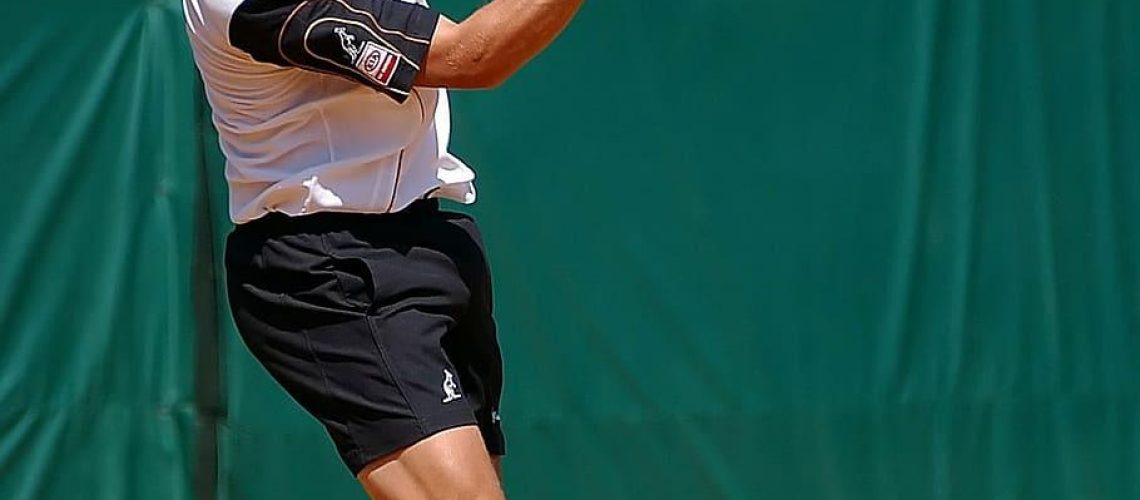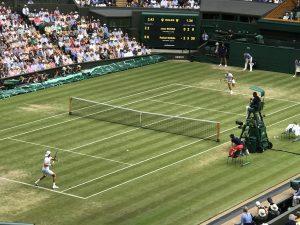We may earn money or products from the companies mentioned in this post.
Introduction to ITF Tennis
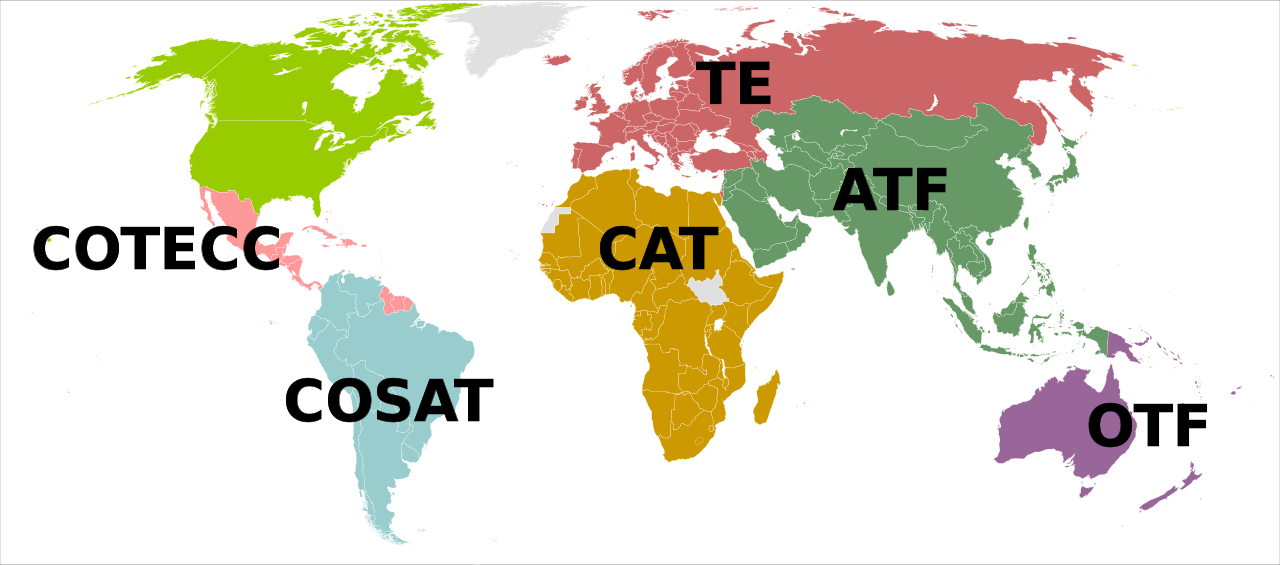
Welcome to the exciting world of ITF tennis! Whether you’re a die-hard fan or just starting to dip your toes into the sport, understanding the International Tennis Federation (ITF) and its tournaments is essential In this article, we’ll take a closer look at what ITF tennis is all about and explore its various levels of competition
Brief overview of the International Tennis Federation (ITF)
The International Tennis Federation (ITF) is the governing body for professional tennis worldwide Established in 1913, it has been responsible for overseeing and developing the sport at both amateur and professional levels The ITF’s mission revolves around promoting and growing tennis globally, ensuring fair play and integrity within the game
One of the primary objectives of the ITF is to organize international tournaments that provide players with valuable competitive opportunities These tournaments serve as stepping stones for aspiring professionals, allowing them to gain experience, improve their rankings, and potentially qualify for higher-level events
The ITF also plays a crucial role in setting rules and regulations for tennis equipment, such as racquets and balls, ensuring that they meet standardized requirements Additionally, it oversees anti-doping measures to maintain a clean and fair playing field for all athletes
Different levels within ITF tournaments
The ITF offers two main circuits: the Pro Circuit and the Junior Circuit
-
Pro Circuit – Men’s & Women’s events:
The Pro Circuit serves as a bridge between amateur and professional tennis It consists of numerous tournaments held worldwide throughout each year These events offer prize money ranging from modest sums up to $100,000+, attracting talented players from all corners of the globe -
Junior Circuit – Boys’ & Girls’ events:
The ITF Junior Circuit is designed for young players aged 18 and under who aspire to compete at the highest levels of tennis It provides a platform for junior athletes to showcase their skills and gain valuable experience against international opponents The most prestigious event on the Junior Circuit is the Junior Grand Slam tournaments, which include the Australian Open, French Open, Wimbledon, and US Open
Both the Pro Circuit and Junior Circuit offer a ladder-like structure, allowing players to progress through various tiers of competitions based on their performance This system helps identify talented individuals who have the potential to make it onto professional tours such as the ATP Tour for men or WTA Tour for women
So whether you’re a fan cheering from the stands or an aspiring player dreaming of future glory, understanding ITF tennis and its tournaments will deepen your appreciation for this beautiful sport Get ready to witness incredible talent, fierce competition, and unforgettable moments on courts around the world!
Prize Money Distribution in ITF Tournaments
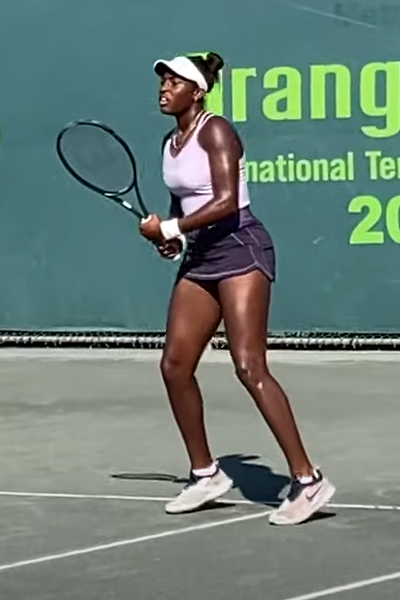
When it comes to professional tennis, the distribution of prize money plays a crucial role in motivating players and ensuring the competitiveness of tournaments In ITF (International Tennis Federation) events, the prize money is allocated based on various factors Let’s take a closer look at how the prize money is distributed for pro circuit events
Breakdown of prize money for pro circuit events
In pro circuit events, there are separate distributions for singles and doubles competitions This distinction recognizes the unique challenges and efforts put forth by both types of players
a) Winner’s share: The victorious singles player receives the largest portion of the prize money, reflecting their exceptional performance throughout the tournament
b) Runner-up share: The runner-up in singles competition takes home a significant amount as well, acknowledging their impressive journey to reach the final stage
c) Semifinalists and quarterfinalists shares: Players who make it to the semifinals and quarterfinals also receive portions of the prize money, recognizing their skill and perseverance during these stages of the tournament
Factors affecting prize money distribution
The distribution of prize money in ITF tournaments can vary depending on several factors:
- Tournament level: Different levels of tournaments offer varying amounts of prize money Events with lower levels such as $15k or $25k have relatively smaller purses compared to higher-level tournaments like $60k or above This allows players at different stages of their careers to participate in tournaments that suit their financial requirements
- Sponsorship deals: Sponsorship agreements play a significant role in determining how much prize money is available for distribution Sponsors contribute funds that are added to the overall prize pool, enabling organizers to offer more substantial rewards for players
It is important to note that the prize money distribution in ITF tournaments is carefully designed to support and encourage players at all levels By recognizing the efforts of singles and doubles competitors and considering factors like tournament level and sponsorship deals, these events strive to provide fair and competitive opportunities for tennis professionals
Players Earning Potential in ITF Tournaments
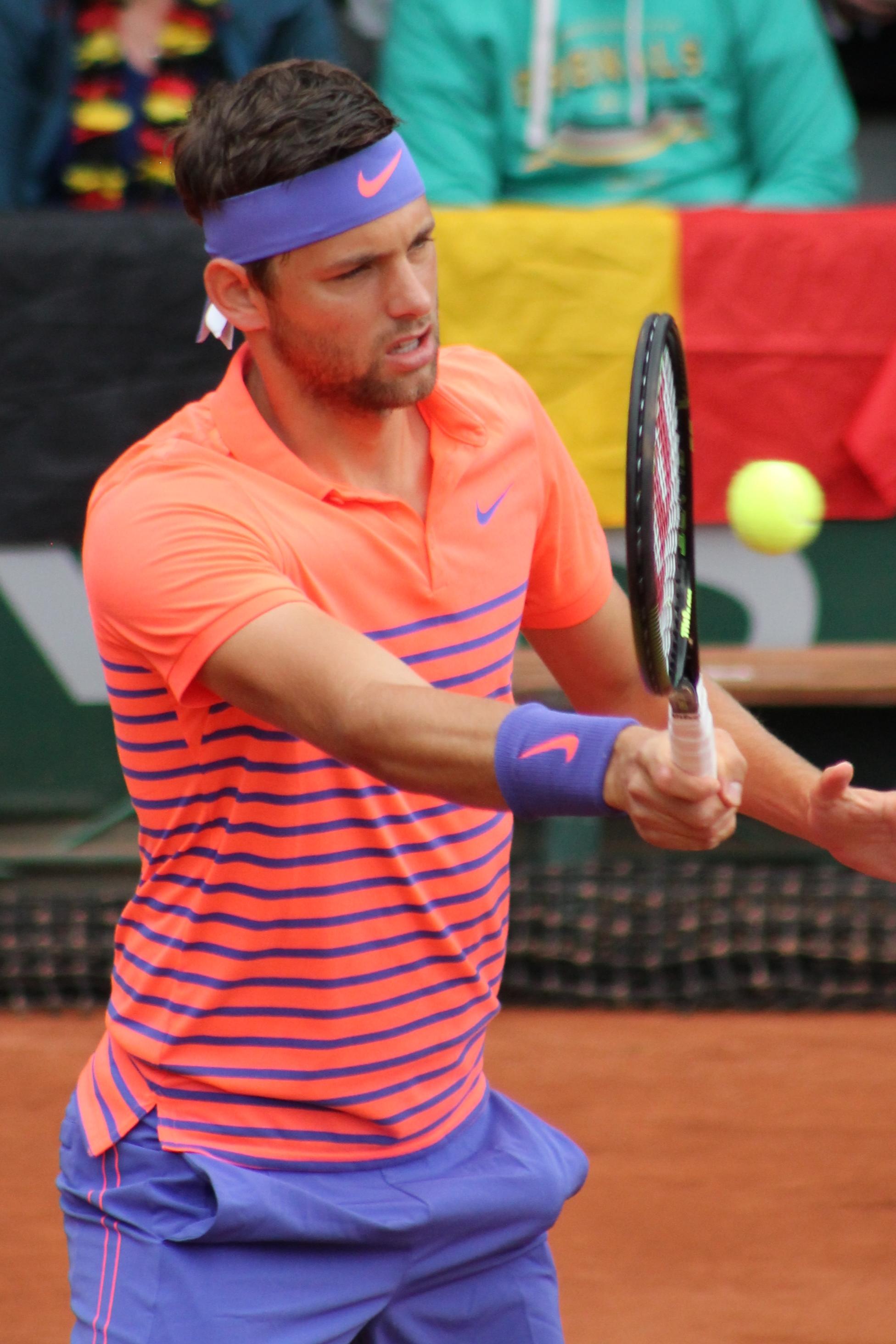
Competing in ITF tournaments not only offers players a chance to showcase their skills on the court, but it also presents an opportunity to earn money and support their professional tennis career Let’s take a closer look at how players can make money from participating in these events
1 Entry fees and expenses for participation
Participating in ITF tournaments often requires players to pay entry fees, which contribute to the prize money pool These fees vary depending on the level of the tournament and can be a significant source of income for lower-ranked players However, it’s important to note that players also incur various expenses such as travel costs and accommodations From booking flights and hotels to covering meals during their stay, these expenses can add up quickly
2 Endorsements and sponsorships
As players gain recognition and climb up the rankings, they become more attractive to potential sponsors and endorsement deals Clothing and equipment companies may approach them with lucrative sponsorship opportunities, providing them with financial support as well as free gear Additionally, successful players might also receive appearance fees for participating in exhibition matches or promotional events
3 Performance-based bonuses
Achieving notable milestones or ranking achievements often comes with financial rewards for players competing in ITF tournaments For instance, reaching a certain ranking threshold or winning specific tournaments can trigger performance-based bonuses from sponsors or national associations These incentives serve as further motivation for players to excel on the court
In conclusion, participating in ITF tournaments offers tennis players multiple avenues for earning money beyond just prize winnings From entry fees and endorsements to performance-based bonuses, these revenue streams provide crucial financial support that enables athletes to continue pursuing their dreams at a professional level
The Financial Reality for Lower-Ranked Players

Challenges faced by lower-ranked players in making money through ITF tennis
For lower-ranked players in the competitive world of ITF tennis, financial struggles are a harsh reality Despite their dedication and talent, these players often find themselves facing significant challenges when it comes to making a living from the sport
One of the major obstacles is that expenses often outweigh earnings Traveling to tournaments, covering accommodation costs, hiring coaches and trainers, and maintaining physical fitness can quickly drain a player’s resources With limited prize money available at lower-level tournaments, it becomes difficult for these players to break even
In addition to financial burdens, securing sponsorships or endorsements is another uphill battle for lower-ranked players Corporate sponsors tend to focus their investments on higher-ranked and more marketable athletes who have greater visibility and potential for brand exposure This leaves many talented but lesser-known players without the financial support they desperately need
Ways the tennis community is addressing these challenges
The tennis community recognizes the financial hardships faced by lower-ranked players and has taken steps to address these issues
Firstly, initiatives led by organizations like the International Tennis Federation (ITF), Association of Tennis Professionals (ATP), and Women’s Tennis Association (WTA) aim to increase prize money at lower-level tournaments By redistributing wealth within the sport, these organizations hope to provide better financial opportunities for all players across different rankings
Furthermore, charitable organizations have emerged as a crucial source of financial support for struggling athletes These organizations understand the importance of nurturing talent regardless of ranking and work tirelessly to provide grants, scholarships, coaching assistance, and other forms of aid that alleviate some of the financial burdens faced by lower-ranked players
While the challenges remain formidable, the tennis community’s efforts to address the financial reality for lower-ranked players offer a glimmer of hope By recognizing and taking action on these issues, there is potential for a more equitable and sustainable future in which all players can thrive, regardless of their ranking
Useful Links
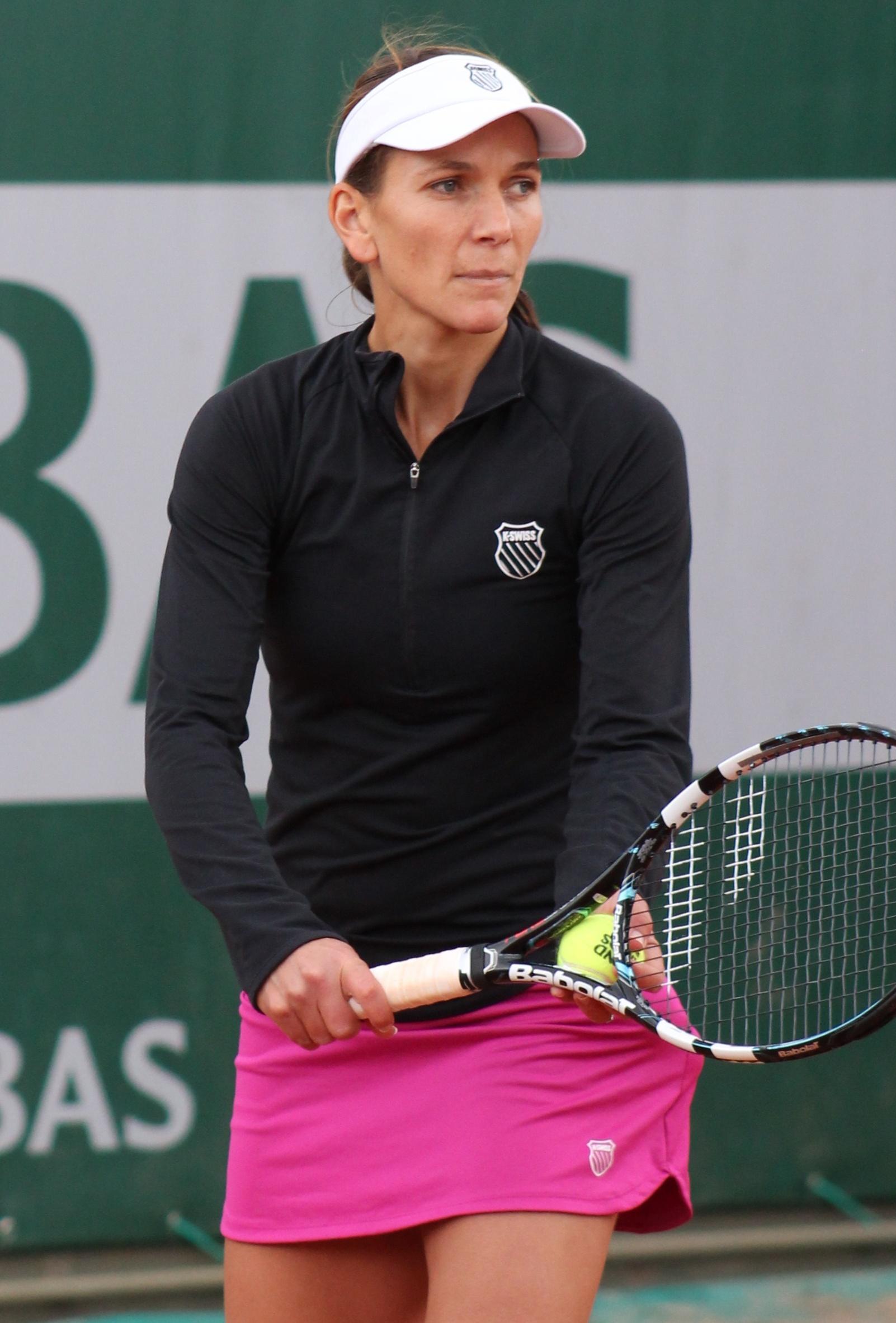
Do Tennis Players Have To Pay To Enter Tournaments?
World Tennis Number – Powered by ITF
Phased Prize Money Increase For ITF Tennis Tournaments
ITF World Tennis Tour Shrewsbury
Thousands of Players, Hundreds of Events and Little Reward
ITF World Tennis Number
Australian Pro Tour | Pro Tournaments
The Economics of Professional Futures Events |
Raghu Sinha ITF tennis tournament at Jaipur Club from …
Davis Cup – The World Cup of Tennis
Emma Navarro | Player Stats & More
Home of College Tennis – ITA #WeAreCollegeTennis
Tennis Europe
2018 ITF Trust Annual Report and Financial Statements – ITF
Indore: ITF Men’s Rs 25000 prize money tennis tournament
Prajnesh wins ITF men’s tournament in Kuwait – Sportstar
Do Junior Tennis Players Get Paid? Interesting Facts

